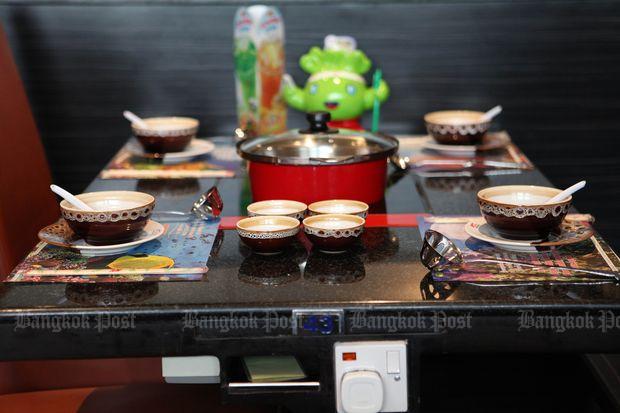Thailand: Retailers expand beyond domestic markets
The retail industry has seen a slowdown in its pace of growth in the past year. On a global level, retail expansion went from a 3.1% increase of new retailers in 2015 to a 2% increase in 2016.
While the Asia-Pacific region remains a popular choice for retail expansion, there was a 16% year-on-year decrease in the number of new retail entrants in 2016.
Unclear economic prospects have hindered retailers’ desires to expand to overseas markets. The reduced number of entrants in Singapore and Taiwan, in particular, has decreased the overall number of retail entrants in Asia-Pacific. While Singapore’s retail industry has been negatively affected by a shortage of local workers, Taipei’s has been affected by a slowdown in Chinese tourist arrivals.
Retailers continue to take the safer route of expanding to mature markets in Hong Kong, China, and Japan. At the same time, retailers are now developing a focus on emerging markets to explore their potential as a source of growth.
In 2016, emerging markets such as Guangzhou, Ho Chi Minh City and Mumbai recorded significant increases in the number of retail entrants.
In terms of retail category, the food & beverages sector has performed particularly well in the Asia-Pacific region, and one-third of new entrants in 2016 were F&B retail entrants.
This growth has been supported by consumers’ tendencies to eat out and landlords’ strategy to extend their F&B offering to engage consumers and to fend off competition from e-commerce.
From the perspective of retailers, the prospect of expanding to overseas markets has generally been a more attractive option than expanding within local markets, even though growth has been slow.
Retailers from Japan, South Korea, and Australia have expanded beyond their local markets due to the stagnant domestic sales growth, market saturation, and the increased competition from foreign brands.
In the same way that retailers are keen on overseas expansion, retail landlords in overseas markets are welcoming these entrants as it helps introduce new brands.
Thai retailers are also seeking new growth opportunities beyond their domestic market. They have used both organic and inorganic growth to establish their presence in the global market.
An example of organic growth is the expansion of HomePro, the country’s leading home improvement store, which opened four stores across Malaysia.
Thai food retailers have also increased their efforts to expand overseas. By mid-2017, MK Group, the operator of MK and Yayoi restaurant, had stores in four countries — Vietnam (5), Japan (33), Singapore (8) and Laos (2).
In terms of growth through mergers and acquisitions, there have been several deals by major Thai retail groups in the past few years. In 2015, the Central Group announced the purchase of Nguyen Kim, Vietnam’s leading electronics retailer. In 2016, TCC Group acquired Metro Vietnam, a leading cash & carry business in the country and the Central Group acquired Big C Vietnam.
While mature markets remain the preferred option for retail expansion by new entrants, emerging markets are gaining popularity and will be an important source of growth for retailers.
As with the examples of Thai retail expansion, a growing number of Asian retailers are expanding beyond their domestic markets. The popular F&B sector remains the dominant sector for new retail entrants and a vital element for “retail-tainment” to combat the growing threat of e-commerce.
Source: http://www.bangkokpost.com/business/news/1318943/retailers-expand-beyond-domestic-markets


 Thailand
Thailand




